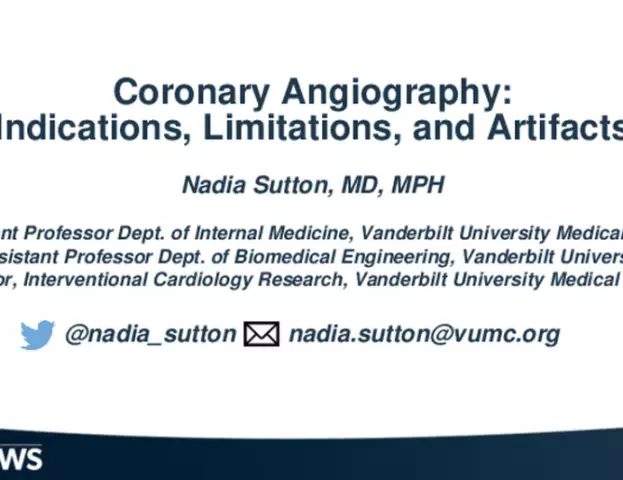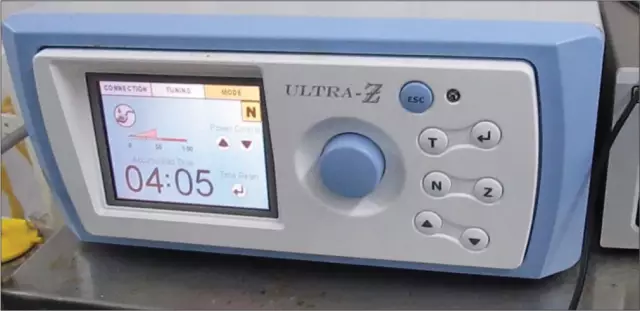- Author Rachel Wainwright [email protected].
- Public 2023-12-15 07:39.
- Last modified 2025-11-02 20:14.
Angiography
Angiography: definition and purpose

Angiography is an X-ray examination of blood vessels.
This method differs from a conventional study in that a contrast agent is injected into the blood vessels - an organic compound of iodine, without which the vessels will not be visible on the roentgenogram. Angiography is performed after a general clinical examination of the patient, in cases where it was not possible to establish a diagnosis using another research method. With the help of angiography of vessels, it is possible to identify defects in their development and damage (narrowing, aneurysms, malformation), obstruction, as well as defects and damage to various internal organs, malignant and benign formations.
Varieties of vascular angiography
Depending on the task, brain angiography, arteriography, venography, cardiac angiography, lymphography, fluorescent angiography are distinguished.
The study of cerebral vessels is called cerebral angiography - after the introduction of contrast, several angiograms are made in a short period of time, displaying the venous, arterial, capillary phases of blood circulation. Brain angiography can be direct or indirect. Allocate carotid and vertebral direct cerebral angiography. Most often, the carotid method of research is used - the contrast is injected into the neck, into the carotid artery. Vertebral angiography of the brain differs in that the iodine compound is injected into the vertebral artery. With indirect cerebral angiography, the carotid or vertebral artery is approached through another large vessel, for example, through an artery in the thigh: a long catheter is inserted and contrast is injected.
Arteriography is a method for diagnosing arteries, which allows you to identify neoplasms located near blood vessels, blockage and narrowing of the lumen of arteries, various blood flow disorders.
Venography is prescribed for diseases of the veins in the arms and legs. The study allows you to see in the picture deep and superficial veins, their length and localization, diagnose thrombosis or varicose veins. In some cases, venography is prescribed to assess the pathology of the heart rhythm, to determine heart failure.
More information about heart disease is provided by cardiac angiography, a test that examines the chambers of the heart and arteries. Cardiac angiography is performed for therapeutic and diagnostic purposes. With its help, it is possible to identify various vascular pathologies (thrombosis, narrowing or expansion, blockage), to assess the blood pressure in the heart and pulmonary artery, and myocardial contractility.
Lymphography is performed to study the lymphatic system and is prescribed for malignant tumors of the uterus and ovaries. With this test, you can assess the extent of the disease and the effectiveness of chemotherapy or surgery to remove the lymph nodes.

Fluorescence angiography is a method for examining eye vessels and fundus in inflammation and degenerative processes in the choroid and retina, in hypertension, diabetic retinopathy, glaucoma. In addition, using fluorescent angiography, the pulmonary conjunctiva and iris are studied in various diseases. As a contrast, sodium salt of fluorescein is used - 10% solution. Contrast is injected into a vein on the elbow - 3-5 ml, but before that, it is revealed how the patient tolerates it.
Contraindications to angiography
Angiography of blood vessels should not be performed in acute infections and inflammatory diseases, in severe conditions, in mental illness, serious renal, liver and heart failure, in case of allergy to iodine.
Found a mistake in the text? Select it and press Ctrl + Enter.






